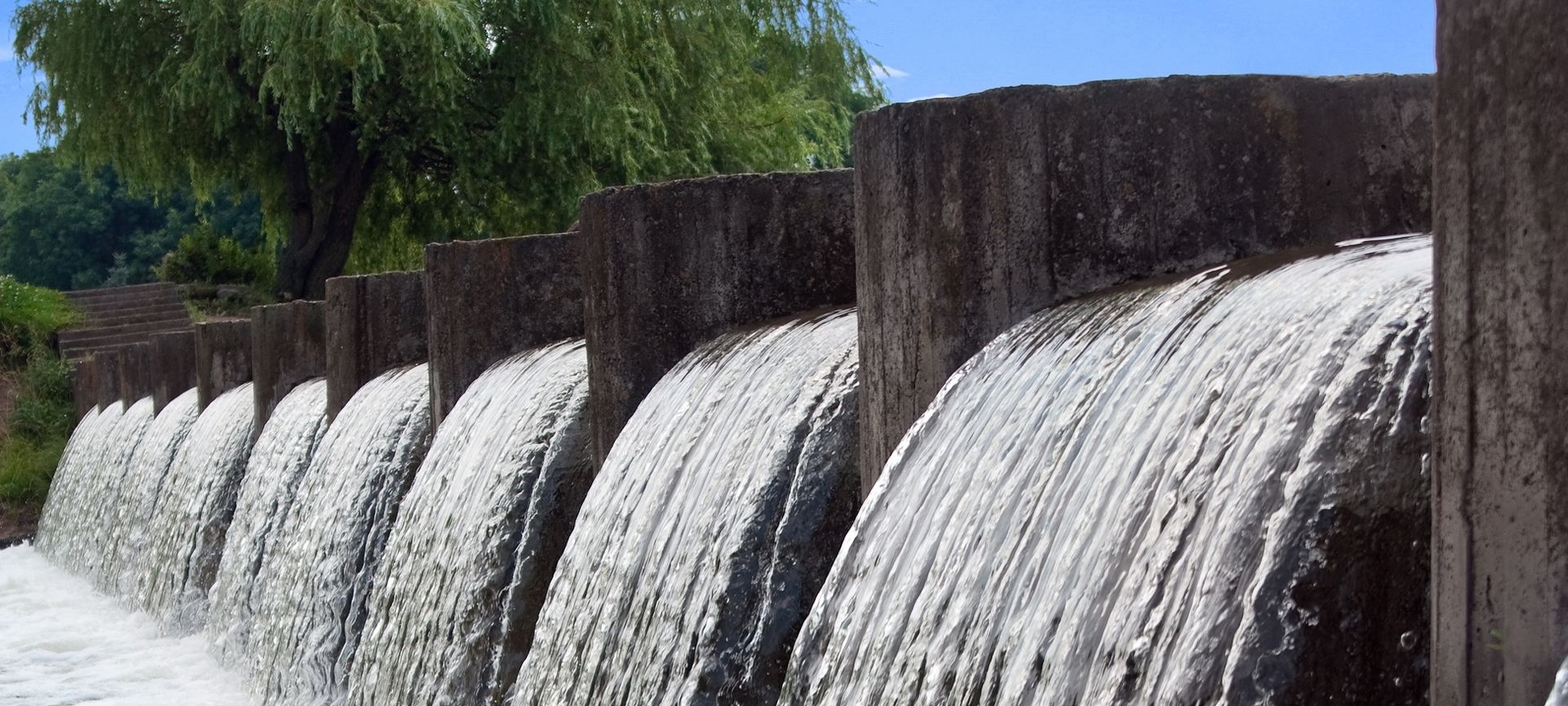
River Avich Community Hydro Scheme
Nestled on the western shores of Loch Awe, Argyll, the village of Dalavich has a population of around 70. The nearest main town is Oban, some 30 miles away, and the village is connected thereby single track road to the villages of Taynuilt and Kilcrennan. Poor access to services and out-migration of young people are key challenges facing the community.
In response, the Dalavich Improvement Group (DIG) was established in 2002. DIG exists to manage community land and buildings and conduct activities that contribute to the area's sustainability, including the villages of Dalavich and Inverinan and the hamlets of Kilmaha and Lochavich. DIG owns and manages the local community centre, village green, children’s playground and land along the foreshore.
Those involved in the DIG set up were Awesome Energy (Dalriada) Ltd (AED), a community benefit society, to install and manage a community hydro scheme on the River Avich, adjacent to Dalavich. AED will donate surpluses generated from this scheme to a community fund that will support local projects, including those identified in DIG’s Community Action Plan.
The 350kw Avich Hydro Scheme is located on the River Avich and is a run of the river system (it does not require a dam). The design involved constructing a new intake channel beside the existing intake weir on the river. The new turbine house is located alongside the ruins of an earlier turbine house. It utilises a similar pipeline route as the earlier scheme, with due consideration for the area's heritage.
The project is the first Scottish community scheme to use an innovative Active Network Management (ANM) solution to overcome a severely constrained grid connection. The solution resulted from partnership working, with several organisations and groups working together to deliver a long term, reliable revenue stream for the community.
In October 2016, DIG requested a grant of £8,800 from the An Suidhe Wind Farm Community Fund. The Panel instead proposed to DIG that an investment in equity (share ownership) in the project was preferable to a grant, providing financial support to the project while enabling a return to the An Suidhe Wind Farm Community Fund, anticipated at around 4%. The shares are held on behalf of the four communities by Foundation Scotland, and any returns from them will go back into the Fund. This is a long term investment of community funds as it is unlikely that the shares can be withdrawn in the short term. That decision rests with the Board of AED.
The hydro scheme became operational in January 2018. The full financial package for the £1.55m cost was made up of a £250k loan from CARES, a £200k community share offer, and the remaining £1.1m came from Social Investment Scotland's Social Growth Fund. A second share offer was issued in 2019 to reduce AED’s debt burden.
Meanwhile, the Boards of AED and DIG are working with Foundation Scotland to establish a community fund arrangement that brings some impartiality and the skills and capacity needed to administer these funds while ensuring the local community control decisions about how and where funds are disbursed.
This is the first investment in community-owned renewable from a community benefit fund in Scotland and an exciting example of a very clear ‘win-win’ for the community. Not only has AED been able to secure investment from its local community benefit fund, but the hydro scheme is also enabling the establishment of an additional community benefit fund for Dalavich.
However, it is worth noting that there are some restrictions in Community Benefit Agreements around not using the fund to further the interests of other competitor renewables bodies. In this case, RWE s and Green Gecco (the owners of An Suidhe Wind Farm) were delighted to see this opportunity progress. RWE also happens to be the primary users of the grid connection that the hydro scheme will share and have been key to enabling the Active Network Management arrangement.




